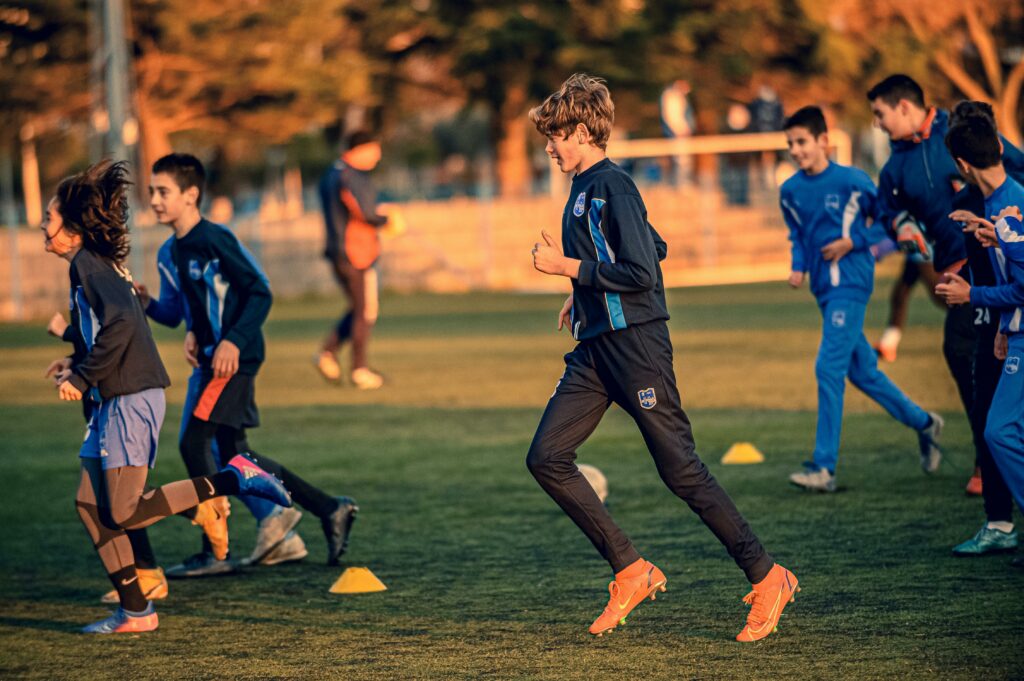Growth, innovation, and sustained excellence rarely happen by accident. In high-performance fields—whether competitive sports, the creative arts, or entrepreneurship—one foundational habit distinguishes the top performers from the rest: the ability to consistently and critically reevaluate your performance.
Scientific research confirms this principle. The concept of deliberate practice, introduced by psychologist Anders Ericsson, shows that it’s not sheer volume of activity that leads to mastery, but reflective, structured practice guided by feedback and revision. Without reassessment, improvement plateaus.
Let’s explore why reevaluation is a non-negotiable component of success and how professionals across disciplines apply it with intention.
1. The cognitive science of Self-Assessment
Reevaluation activates what’s known in neuroscience as metacognition—thinking about one’s own thinking. According to a study published in Trends in Cognitive Sciences (Fleming & Dolan, 2012), metacognitive ability is strongly linked with improved decision-making, adaptive learning, and emotional regulation.
In short: people who actively analyze their own processes improve faster.
Moreover, the feedback loop is a well-documented performance enhancer. A Harvard Business Review article (Stone & Heen, 2014) emphasizes that people who regularly seek, internalize, and apply feedback outperform peers who don’t, regardless of their field.
2. Application in professional contexts to reevaluate your performance
A. Painter: From canvas to meticulous analysis
Take the example of a professional painter preparing a new series: after the exhibition, celebration alone isn’t enough. To progress, critical analysis is essential:
- Which paintings generated the most enthusiasm? (sales, online shares, gallery feedback)
- Which technical aspects were most effective? (color palette, texture, composition)
- Was the choice of medium or format optimal?
This introspection, supported by data (visitor numbers, social media engagement, critical reviews), guides the necessary adjustments for the next exhibition. It is this reflection that allows the painter to grow: better target their audience, refine their technique, and remain creative while staying relevant.
B. Painter (continued): From Journal to Portfolio
To translate this analysis into tangible progress, the painter can:
- Keep a post-exhibition journal, documenting what resonated with visitors and what left less of an impression.
- Collect structured feedback from collectors, gallery owners, and fellow artists (through a simple form or organized discussions).
- Identify recurring patterns, beyond isolated successes or failures, across several exhibition cycles.
- Set artistic KPIs, such as sales rate, number of shares, or invitations to artist residencies.
In doing so, the painter applies the same level of rigor as an athlete or a business leader, adapting the approach to their creative field, but always with structure and ambition.
C. Athlete: Jannik Sinner and the video analysis of his game
Even at the top, self-assessment remains essential. World No. 1 tennis player Jannik Sinner is a prime example: despite his titles and dominance, he continues to analyze every detail of his game—especially his footwork and positioning.
He stated in the media:
“I analyzed my stats after Rome in terms of ball speed, run speed, spin, etc. Some were good, others less so. They showed me I hadn’t reached the level I wanted, and that’s how I felt on court. There are still many points I need to improve.” (rolandgarros.com)
In this statement during Roland‑Garros 2025 Media Day, Sinner highlights how he and his team use data analysis—notably ball and run velocity and spin metrics post‑tournament—to identify areas for continuous improvement, despite his status as world No. 1.
D. Sports: Performance analytics in elite teams
Modern athletics is no longer reliant on intuition alone. Teams like Manchester City FC or the Golden State Warriors employ data scientists and sports psychologists to break down every match or game. Metrics such as player positioning, fatigue patterns, and decision-making under pressure are evaluated, visualized, and used to tailor both training and strategy.
Notably, Olympic swimmer Michael Phelps attributed much of his dominance to rigorous post-race video analysis, allowing him to refine stroke efficiency and react to subtle flaws invisible in real-time.
E. Corporate leadership: Executive debriefing
In high-stakes business environments, executive debriefing has become a strategic asset. A McKinsey & Company report (2021) found that companies with structured post-project evaluations were 25% more likely to exceed strategic goals. These debriefs often cover not only KPIs but also team communication, decision speed, and adaptability to uncertainty.
Reevaluation Is not a One-Time Effort — It’s a System- The 4 methods to reevaluate your performance (science backed)
3. The cost of not reevaluating
Neglecting performance analysis can lead to stagnation, overconfidence, and eventual decline. In business, Blockbuster’s refusal to reassess its model in light of digital disruption is a textbook example. In contrast, Netflix’s continual reevaluation—pivoting from DVD rentals to streaming, then to content production—demonstrates the competitive edge of adaptability.
Similarly, in aviation, the practice of “Crew Resource Management” arose from tragic accidents that post-crash investigations revealed could have been avoided. Reevaluation not only drives performance—it can save lives.
Conclusion: Growth is a feedback-driven process
To reevaluate your performance is not to dwell on the past—it is to invest in the future. Whether you’re creating Art, coaching athletes, or steering a business, reflection and recalibration are the levers of excellence.
In a world where change is the only constant, your ability to pause, question, and refine is what will ultimately make you stand out—or level up.

